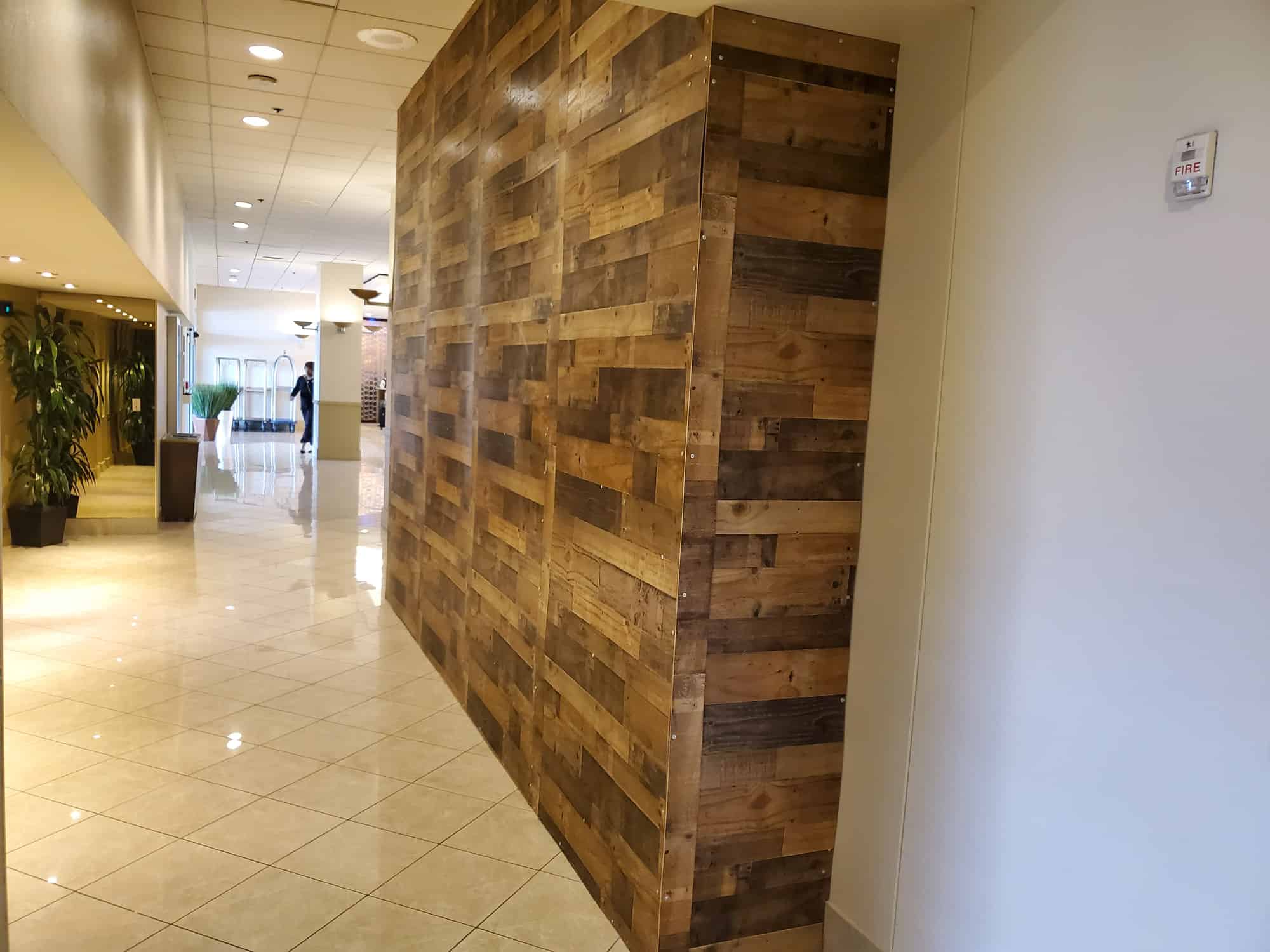Licensed: Broward, Dade, Palm Beach, Monroe, Martin, and Collier
Menu
Menu
Close
Hotel renovating and restoring seem to be dreaded topics. Makeovers and renovations projects really seem to be these huge burdens that everyone prefers to delay, delay, delay until the deadline is around the corner and you have to come up with something quickly. It does not have to be this way, though. With the right plan, some of the weight is taken off of your shoulders. Though restorations and renovations will still be a long, pricey process to take on and finish, with a set plan and course of action, a hotel owner will begin to see them not as just inevitable struggles but, rather, as opportunities to start fresh and to get business booming once again. Because, remember, a newly renovated hotel will sees its profits shoot up, its customer satisfaction ratings rise, and its overall reputation improve.
For branded hotels, the process can be a bit more involved than changing the sheets and redoing the paint. Hotel Property Improvement Plans — more commonly referred to as just Hotel P.I.P. — are renovation plans designed to bring the hotel in compliance with the standards of the brand set in place by the manager or franchisor. Hotel property improvement plans are proposed or suggested by branded hotel managers and franchisors when there is a change of ownership or when there is long, continuous leadership if, through a contract for long-term management, the hotel manager negotiated for new P.I.P.s at certain times. A P.I.P. refreshes the hotel, appealing to both new and old guests.


But what exactly is a Hotel Property Improvement Plan? What does that mean and what does it entail? Generally, the plan requires particular changes to be made, such as improvements to safety features, improved accessibility for disabled guests, upgrades to the amenities and the services provided, improvements and repairs to the interior and the exterior of the hotel, repairs to the structure of the building itself, and new FF&E (furniture, fixtures, and equipment). What this means, more specifically, is improvements to the physical aspects of the hotel: hallways, rooms, gyms, plumbing, electrical systems, parking lots, meeting rooms, offices, the lobby, security systems, lighting, light and ceiling fan fixtures, restaurants, bars, pools, bathrooms, and many other things. A simpler plan might not include all of these areas for improvement in one go, but a more extensive, involved plan just might — it could even go beyond this.
All of these changes, repairs, and upgrades can end up totaling a staggering capital investment. However, the investment is more than worth it. The purchase of high quality, durable products means a hotel owner will more than likely not have to upgrade certain items every time a new Hotel P.I.P. comes around. Improvement plans are meant to boost market share, to seriously increase occupancy, and to reduce fixed expenses a considerable amount. So, generous spending on repairs and upgrades is sometimes necessary for good results
Small Business Administration (SBA) loans are specialized loans available for hotel owners to help finance a Hotel P.I.P. Using the funds provided by an SBA loan, first prioritize only what is in immediate need of being upgraded or repaired and what is most attractive to customers. For most hotel owners, this would mean improvements to parking, the exterior of the hotel (roofing, paint, etc.), the lobby, guest rooms, and adding amenities. Whatever is left over can be spent on smaller, less significant things that improve the quality of life in the hotel. Before taking out an SBA loan, speak with an experienced SBA lender to decide if it is the right thing to do.
Make the Hotel P.I.P. process easier on yourself by planning ahead for financing and construction and by communicating well and clearly with the franchiser, the project manager, and the lenders.
To proceed to our next educational page, go here.
Call CSP Inc. today to discuss your project and arrange a site visit.
Source: Madilene Lauder
All Rights Reserved © 2024